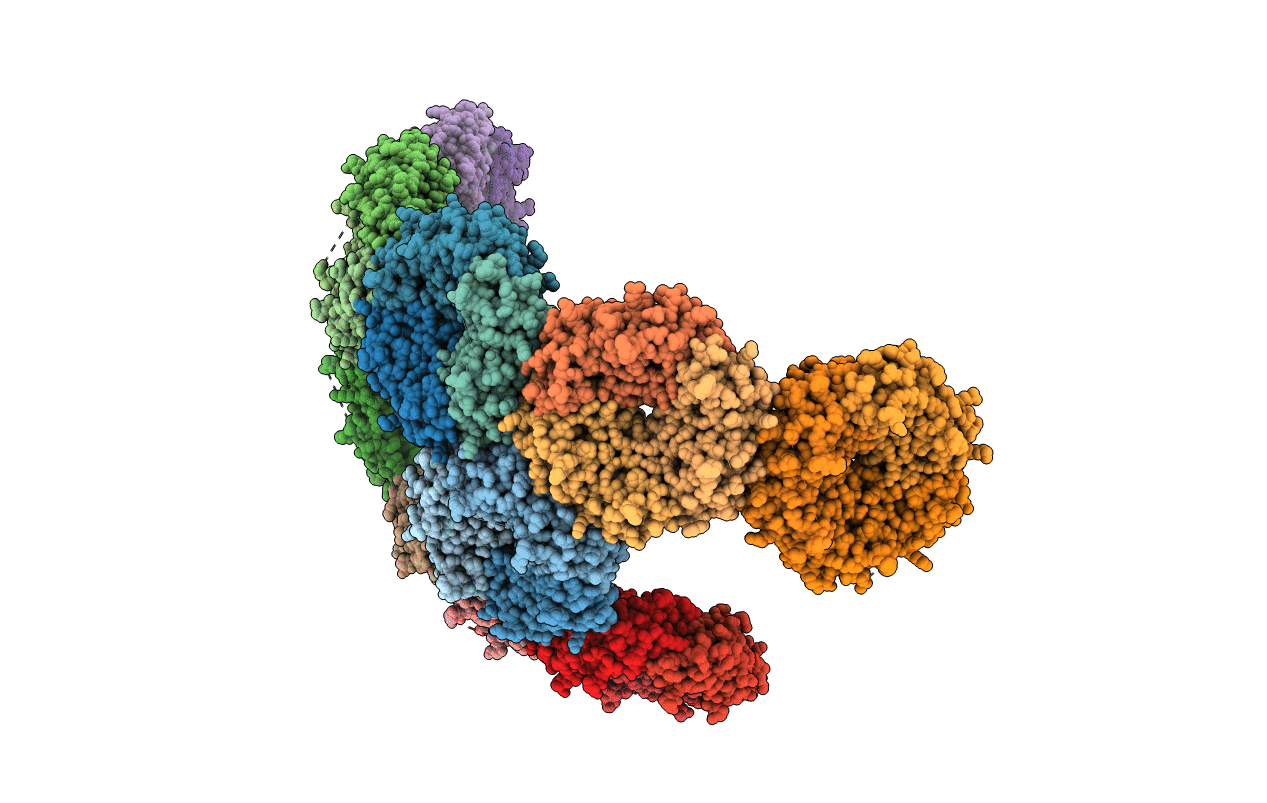
Deposition Date
2018-12-18
Release Date
2019-04-03
Last Version Date
2023-10-11
Entry Detail
Biological Source:
Source Organism:
Haliangium ochraceum (Taxon ID: 80816)
Host Organism:
Method Details:
Experimental Method:
Resolution:
3.59 Å
R-Value Free:
0.21
R-Value Work:
0.17
R-Value Observed:
0.17
Space Group:
P 21 3


